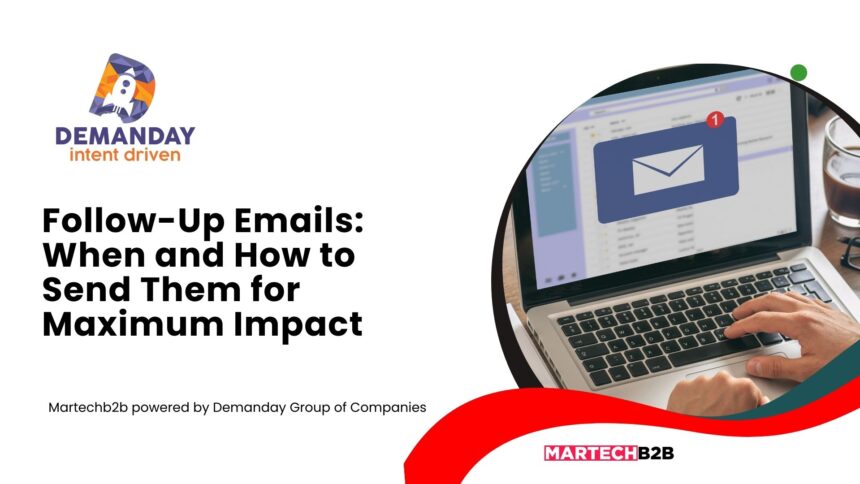Being pushy can hurt your chances. On the other hand, waiting too long may make your prospect forget about you. Therefore, mastering follow-up emails is essential for nurturing leads, closing deals, and building lasting relationships.
Recent studies show that 80% of sales require five or more follow-ups. However, 44% of sales reps give up after just one attempt. Moreover, with 2025 bringing advanced email automation and AI-driven personalization, the opportunities to refine your follow-up game are endless. Here’s how to send follow-up emails at the right time, with the right tone, and get the best results.
The Right Timing for Follow-Up Emails
Timing is critical. For instance, your goal is to stay relevant without overwhelming the recipient.
General Guidelines:
- After First Contact: Send your first follow-up within 24–48 hours to keep momentum alive.
- Post-Meeting or Demo: Follow up within 1–2 days to recap key points and provide extra value.
- After No Response: Send a polite nudge after 3–5 days. This shows persistence without being overbearing.
Upcoming Trends for 2025:
AI-driven email tools like HubSpot and Outreach help businesses identify the ideal follow-up cadence. For example, they can track when recipients open emails or click on links.
Crafting the Perfect Follow-Up Email
Content is as important as timing. Thus, every email should serve a purpose—add value, remind, or nurture a lead.
What to Include:
- Personalization: Use the recipient’s name and reference details from your last interaction.
- Clear Purpose: State why you’re reaching out and how they’ll benefit.
- Strong CTA: Make the next step easy, such as scheduling a call, reviewing a proposal, or providing feedback.
Sample Follow-Up Templates:
- After No Response:
Subject: “Quick Follow-Up on Our Conversation”
Hi [Name],
I hope this email finds you well! I wanted to check in regarding [specific topic]. If you’d like, we can revisit the details or discuss further.
Looking forward to hearing from you!
Best regards,
[Your Name]
- After a Meeting:
Subject: “Great Connecting with You!”
Hi [Name],
It was a pleasure speaking with you on [date]! As promised, I’m sharing the details. Please don’t hesitate to reach out with any questions.
Looking forward to collaborating!
Cheers,
[Your Name]
Using Tools to Optimize Follow-Ups
In 2025, automation tools make follow-ups easier. For instance, you can schedule, personalize, and track emails to ensure they arrive at the perfect time.
Top Tools:
- Mailshake: Automate email sequences efficiently.
- Boomerang: Schedule emails and get reminders.
- Reply.io: Uses AI insights to optimize follow-ups.
Pro Tip:
Use analytics to measure open rates, click-through rates, and responses. This way, you know what works and what needs improvement.
The Power of Persistence (Without Annoyance)
Persistence matters, but nobody likes spam. Therefore, balance is key.
Avoid Overloading:
- Space out emails; don’t send multiple follow-ups too quickly.
- Change tone and content to keep emails engaging.
- Respect boundaries; if someone asks not to be contacted, honor it.
Stat to Know:
Woodpecker reports that one follow-up increases replies by 22%, and two follow-ups increase them by 36%. Hence, following up is crucial.
Boost Your Follow-Up Email Strategy
Follow-up emails are vital for any outreach strategy. By focusing on timing, content, and tools, you can turn emails into a powerful lead-generation machine.
As 2025 approaches, staying updated on trends and adopting AI-powered insights will maximize results. Consequently, refine your approach, remain consistent, and watch follow-ups turn into valuable opportunities.


